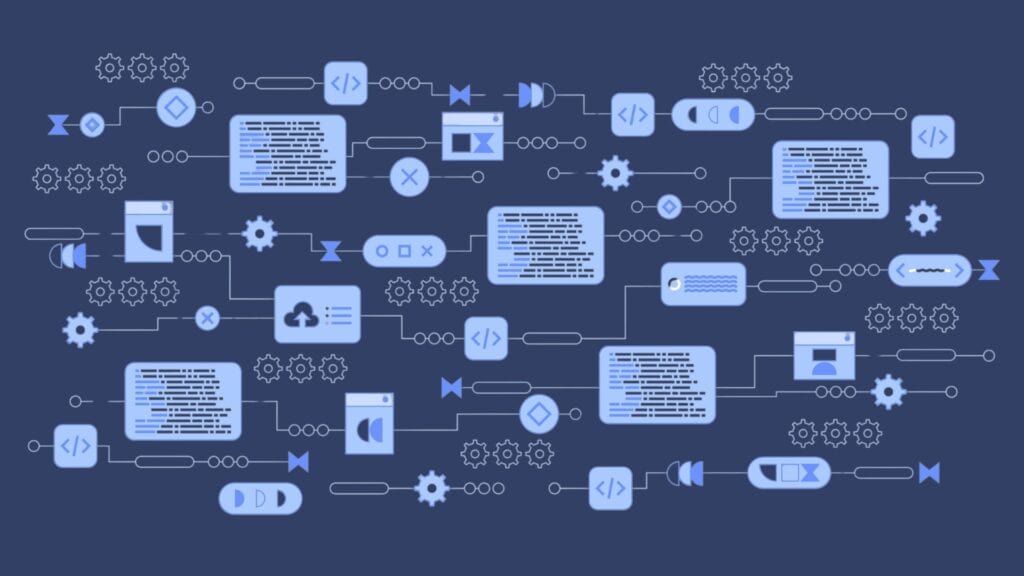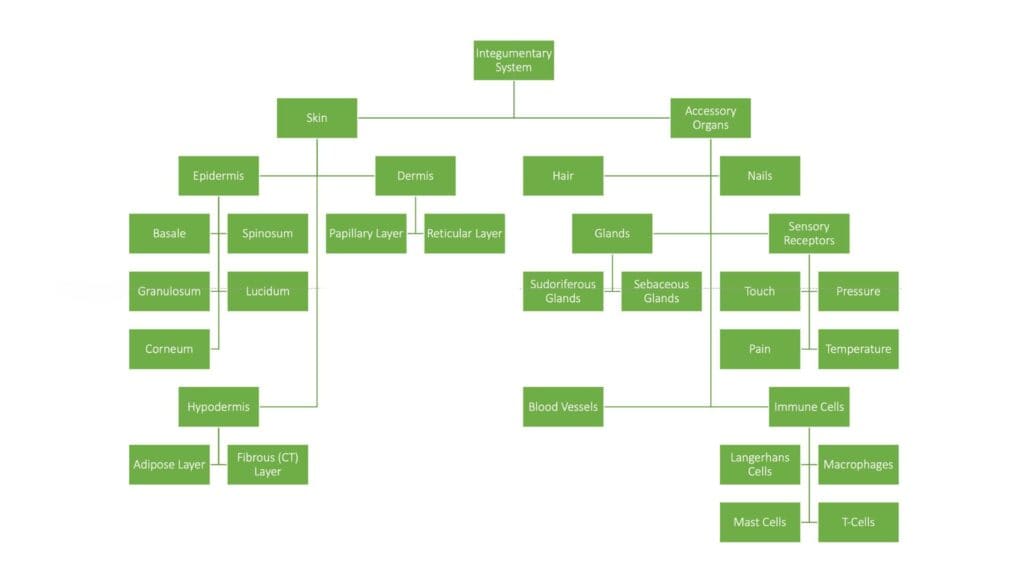Cognitive Load Theory In Teaching
“Without an understanding of human cognitive architecture, instruction is blind.”
John Sweller
Most teachers have experienced the moment when students suddenly stop following along. Their eyes glaze over, they look confused, or they simply disengage. This is not laziness or lack of motivation. More often, it is a sign of cognitive overload, when the brain is asked to handle more than it can process at once. Cognitive Load Theory, often called CLT, explains why this happens and offers strategies for designing lessons that reduce mental strain. By teaching in ways that match how the brain processes and stores information, educators can help students learn more effectively, retain knowledge longer, and feel less overwhelmed in the classroom.
Cognitive Load Theory Defined
Cognitive Load Theory is a model developed by educational psychologist John Sweller in 1988. It has become one of the most influential ideas in modern education because it explains how the brain processes and stores information, as well as the types of instructional practices that support optimal learning. It informs instructional strategies that prioritize the efficient use of cognitive resources, such as breaking down complex information into manageable chunks, integrating multimodal teaching methods, and progressively using scaffolding to build on students’ prior knowledge.

Cognitive Load Theory (CLT) in Teaching
CLT is a model for understanding how the brain processes and stores information and the types of instructional practices that support optimal learning. Educators can learn strategies that reduce learners’ cognitive loads making learning more efficient, effective, and enjoyable.
Cognitive Architecture
Cognitive Load Theory is based on the idea of human cognitive architecture, or how the brain is built to handle information. The brain has two main systems for learning. Working memory is where new information is processed, but it has very limited capacity. Long-term memory, on the other hand, has almost unlimited space and stores knowledge in structures called schemas. Schemas help the brain organize and recall complex information quickly, making them the foundation of learning. When teachers understand this architecture, they can reduce the mental strain on working memory and make learning more effective.
Working Memory Limitations
Working memory is the brain’s active workspace for handling new information. Its capacity is very limited. It can usually manage only about four to seven pieces of information at a time. Anything beyond that quickly disappears unless students are given chances to process it and move it into long-term memory.
Consider what happens when an instructor tries to teach the cardiovascular system all at once. Students are expected to absorb multiple complex ideas in rapid succession, which overwhelms their working memory. A teacher who understands cognitive load would instead divide the system into smaller chunks. They might begin with the structure and function of the heart, using strategies that help students work with new terms and concepts until they stick. Only then would they move on to blood vessels and their roles, before later addressing the components of blood and the lymphatic system.
When lessons are designed with these limits in mind, students are less likely to shut down. Instead, they have the mental space to engage deeply, make sense of what they are learning, and build knowledge that lasts.

Working Memory Limitations
Working memory is the brain’s active processing space for new information but it has limited capacity. If a student must process too much information at once they become overloaded and may shut down. Chunking content effectively is one way to reduce content load.
Schema Development
Schemas are mental frameworks stored in long-term memory that help the brain organize and use knowledge. In Cognitive Load Theory, schemas are essential because they allow the brain to treat many pieces of information as one unit. This reduces the strain on working memory and makes it easier to handle complex tasks. Sweller described schemas as tools for managing complexity efficiently.
A simple example is driving a car. At first, each action, from steering and braking, to checking mirrors and watching traffic, feels separate and overwhelming. Over time, these steps combine into a single schema, so driving becomes almost automatic. The same principle applies in education. Once students have developed a schema for how a general synovial joint works, they need far less effort to understand specific joints because the new knowledge connects to what they already know.
Schemas develop gradually through practice and repeated exposure. They evolve from simple patterns into more complex ones as learners add new information. Building and refining schemas is at the heart of learning because it lightens the load on working memory and frees it to take on new challenges.
Understanding Cognitive Load
Cognitive load is the total mental effort a learner uses while processing information in working memory. In simple terms, it is the strain students feel when they are trying to understand and make sense of new material. Cognitive Load Theory explains that this effort is not all the same. It identifies three distinct types of cognitive load, each of which affects how well students learn.

Intrinsic Load relates to content complexity
Intrinsic load refers to the inherent complexity of the material students are trying to learn. Content with fewer elements and interconnections is easier to learn than content with numerous elements and interconnections.
Intrinsic Load
Intrinsic load is the natural complexity of the material students are expected to learn. Some content is easier because it has fewer parts and connections, while other topics are harder because they involve many elements that interact with each other. For example, both the lymphatic and endocrine systems are complex, but the lymphatic system has fewer components, which generally makes it easier for students to understand.
Teachers cannot change the intrinsic load of a subject, but they can make it more manageable. By breaking material into smaller chunks, connecting new ideas to existing schemas, and giving students time to process each piece, instructors help learners work through even challenging material. With thoughtful lesson design, students can grasp complex content and meet the learning goals without becoming overwhelmed.
Extraneous Load
Extraneous load is the unnecessary mental effort students must expend because of the way information is presented or because of distractions in the learning environment. This type of load does not support learning and often gets in the way of it. For instance, a lecture that includes too many details, unclear explanations, or confusing terminology forces students to work harder just to follow along. Classroom conditions can add to extraneous load as well. Noise, side conversations, tension between students, or even an uncomfortable temperature all draw energy away from the actual learning task.
Teachers cannot always control every distraction, but they can design and deliver lessons that keep extraneous load as low as possible. Staying focused on essential content, eliminating unnecessary information, and creating a supportive classroom environment all help students concentrate on what truly matters. When extraneous load is reduced, learners have more mental space to engage with the material.
Germane Load
Germane load is the mental effort students use to create and strengthen schemas in long-term memory. Unlike extraneous load, which hinders learning, germane load directly supports it. When students practice applying new ideas, connect concepts together, and reflect on their understanding, they increase germane load in a way that deepens learning.
For example, in a postural assessment class, students must apply what they know about the musculoskeletal system (their schema) as they identify a client’s postural imbalances. This effort strengthens their existing schema of the musculoskeletal system and helps build a new one for client assessment. Over time, the two schemas link together, giving students a richer understanding that makes future learning easier.
Teachers encourage germane load by designing lessons that do more than deliver information. Asking students to explain, practice, test their knowledge, and reflect on their progress ensures they are actively building schemas instead of passively listening. This kind of effort is central to meaningful, lasting learning.

Eliminate Extraneous Load
Extraneous load is the unnecessary mental effort students must make because of defective instructional materials, poor instruction, and faulty classroom management. Eliminate nice-to-know details and spend more time with the core content, which will help learners develop strong schemas. When students look bored, frustrated, or seem disengaged, check the extraneous load!
Best Practices for Cognitive Load Theory (CLT) in Teaching
Cognitive Load Theory offers clear guidance for improving how we design lessons. By reducing unnecessary distractions, managing the natural complexity of content, and encouraging students to actively build schemas, teachers can create a more effective learning environment. These principles can be applied in simple, practical ways in the massage classroom.
Eliminate Extraneous Load. This means limiting distractions and keeping students’ attention on the essential content. In practice, this might include adjusting classroom conditions such as temperature, lighting, and noise, as well as managing side conversations or interpersonal drama. It also means reviewing lesson materials carefully to separate what students truly need to know from what is simply nice to know. By cutting away unnecessary details, instructors give students more time and energy to focus on core knowledge and skills.
Manage intrinsic load. Since some topics are naturally more complex, teachers can break them into smaller chunks and teach each piece systematically. For example, when teaching the integumentary system, an instructor might begin with the epidermis by showing an illustration of the layers of the epidermis, then discussing the critical components of each layer (e.g., keratinocytes, melanocytes, and Merkel cells), and their contributions to the functions of the epidermis (protect from UV damage, produce melanin, form new skin cells, etc.). Before you move on to the dermis, ask students to work in pairs and label an anatomical diagram of the epidermis from memory to reinforce the content.
The more complicated the subject, the slower the pace should be, with plenty of opportunities for students to process and apply what they are learning. Sweller encouraged multimodal instruction, which refers to the use of multiple sensory processing (visual, auditory, and kinesthetic) avenues to deepen learning. For example, when we hand out models of the sacrum, we display a diagram of the sacrum on the screen and discuss its features. At the same time, students palpate their models. When we engage all senses in this way, we are using multimodal instruction. Scaffolding in Massage Teaching and The Art of Lesson Planning: Hunter’s Timeless Model share several ideas for managing intrinsic load in massage classrooms.

Break Content Into Chunks and Teach Chunks systematically
Analyze the inherent complexity of the lesson material. Break content into chunks and component parts, as illustrated in the example of the integumentary system. You want to teach each chunk and its component parts systematically by defining terms, showing images, describing structures, and discussing their functions. The more complex the material, the slower your teaching pace should be.
Focus on germane load. Increase germane load by creating activities that help students connect, practice, and reflect on new information. Instead of moving quickly from one chunk of content to the next, require learners to apply what they’ve learned at the end of each content chunk. This might involve labeling diagrams, practicing palpation skills, or discussing how a concept relates to earlier knowledge. Reflection exercises, peer teaching, and regular opportunities for feedback also encourage deeper processing. Check out this blog post for 40 Activities that Anchor Student Learning. Revisiting material over time, known as spaced practice, further strengthens retention and schema development.
By eliminating what is distracting, managing what is complex, and emphasizing what builds lasting understanding, teachers can use CLT to design lessons that feel less overwhelming and more engaging. These best practices ensure students have the mental space to learn meaningfully and confidently apply their knowledge in future situations.
In Closing
Cognitive Load Theory gives teachers a powerful framework for making lessons more effective. By recognizing the limits of working memory and the role of long-term memory, educators can design instruction that reduces unnecessary strain and makes space for real learning. Eliminating extraneous load, managing intrinsic load, and fostering germane load are practical steps any teacher can take to help students succeed.
These principles apply whether you are teaching the basics of anatomy, guiding hands-on practice, or introducing more advanced clinical concepts. When instruction is designed with CLT in mind, students are better able to stay engaged, retain what they learn, and use their knowledge with confidence. Ultimately, teaching with CLT is not about making learning easier in the sense of less rigorous. It is about making learning possible, meaningful, and lasting.
For more information on CLT visit these links:
- Cognitive Load Theory: A Special Issue of Educational Psychologist John Sweller
- The Impact of Cognitive Load Theory on the Effectiveness of Microlearning Modules
- Using Cognitive Load Theory to Improve Teaching in the Clinical Workplace
- Cognitive-Load Theory: Methods to Manage Working Memory Load in the Learning of Complex Tasks


